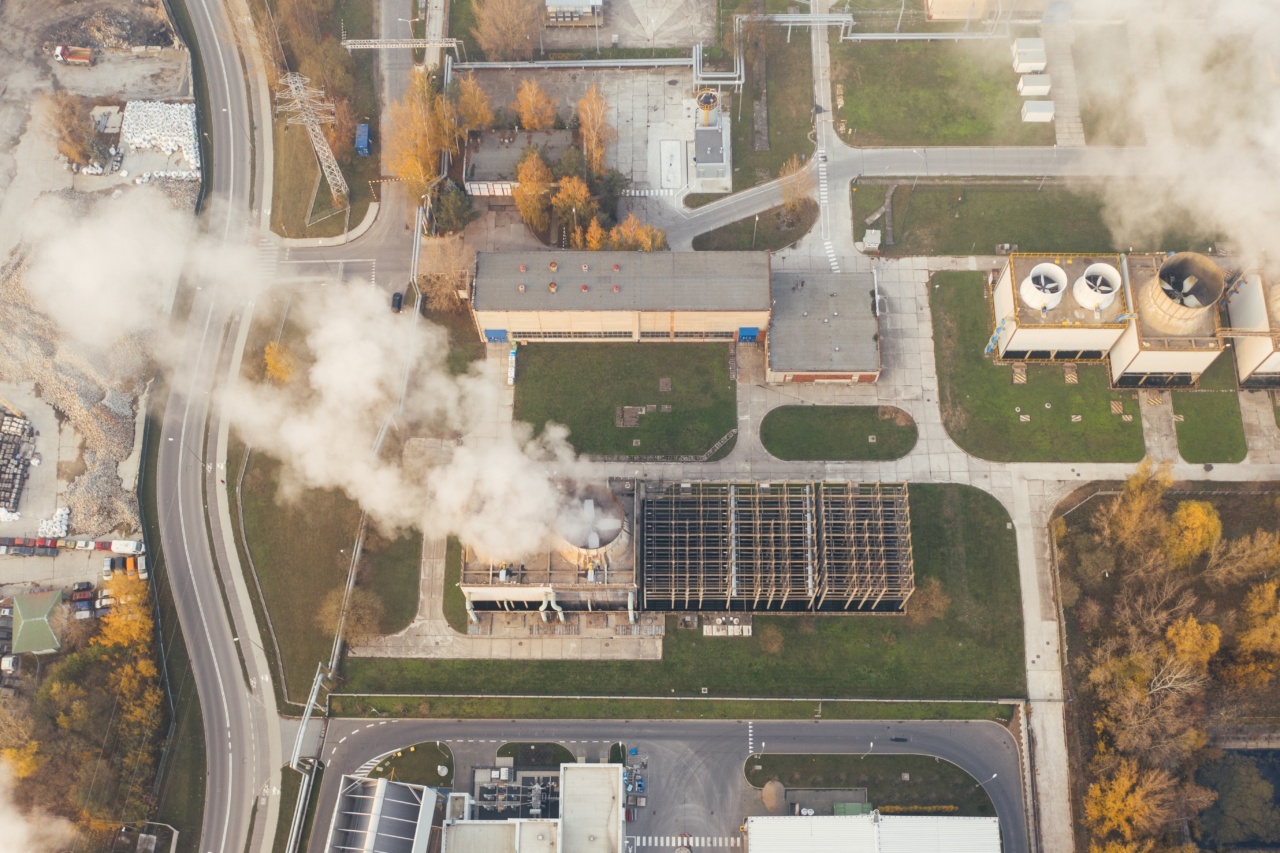Air pollution is a major environmental concern that affects not only the quality of air we breathe but also our overall health, particularly our cardiovascular system.
Cardiovascular diseases are the leading cause of death worldwide, and exposure to air pollution has been identified as a significant risk factor for their development. In this article, we will explore how air pollution impacts our cardiovascular system and the various ways it can contribute to the development of cardiovascular diseases.
What is Air Pollution?
Air pollution refers to the presence of harmful substances in the air, both indoors and outdoors, that can have adverse effects on human health and the environment.
These harmful substances, known as pollutants, can be in the form of gases, particles, or biological materials. Some common air pollutants include particulate matter (PM), nitrogen oxides (NOx), sulfur dioxide (SO2), carbon monoxide (CO), and ozone (O3).
How Does Air Pollution Enter our Body?
Air pollution can enter our body through several routes, including inhalation, ingestion, and dermal contact. Inhalation is the most common route of exposure and occurs when we breathe in polluted air.
Once inhaled, air pollutants can penetrate deep into our lungs, where they can then enter the bloodstream and reach various organs and tissues, including the cardiovascular system.
The Cardiovascular System
The cardiovascular system, also known as the circulatory system, is responsible for transporting oxygen, nutrients, hormones, and other essential substances throughout the body. It consists of the heart, blood vessels, and blood.
The heart pumps oxygen-rich blood to the body’s organs and tissues through a network of blood vessels, including arteries, veins, and capillaries.
Direct Effects of Air Pollution on the Cardiovascular System
Air pollution can have direct effects on the cardiovascular system, particularly on the heart and blood vessels.
When we inhale polluted air, the harmful pollutants can trigger oxidative stress and inflammation in the body, which can damage the inner lining of blood vessels and lead to the development of atherosclerosis, a condition characterized by the formation of plaque buildup.
Indirect Effects of Air Pollution on the Cardiovascular System
In addition to its direct effects, air pollution can also indirectly impact the cardiovascular system through other physiological mechanisms.
Exposure to air pollutants can increase blood pressure and heart rate, cause changes in heart rhythm, and promote the development of blood clots. These factors can then contribute to the development of cardiovascular diseases such as heart attacks, strokes, and heart failure.
Specific Health Effects of Air Pollution on the Cardiovascular System
Air pollution has been linked to various health effects on the cardiovascular system, including:.
1. Increased Risk of Heart Attacks
Exposure to air pollution has been shown to increase the risk of heart attacks. The harmful pollutants in the air can trigger inflammation and oxidative stress, which can destabilize existing plaques in the arteries.
This can lead to the rupture of these plaques, causing a clot to form and block the blood flow to the heart, resulting in a heart attack.
2. Development of Atherosclerosis
Long-term exposure to air pollution can contribute to the development of atherosclerosis, a condition characterized by the buildup of plaque in the arteries.
Air pollutants can promote the formation of these plaques by damaging the inner lining of blood vessels and attracting inflammatory cells that contribute to the plaque formation.
3. Increased Risk of Strokes
Air pollution has been linked to an increased risk of strokes.
The pollutants in the air can enter the bloodstream and cause inflammation, oxidative stress, and blood clotting, all of which can contribute to the blockage of blood vessels in the brain, leading to a stroke.
4. Aggravation of Existing Cardiovascular Conditions
Individuals with pre-existing cardiovascular conditions, such as coronary artery disease, heart failure, and arrhythmias, are particularly vulnerable to the effects of air pollution.
Exposure to polluted air can aggravate their conditions, leading to worsened symptoms and increased hospitalizations.
5. Impaired Lung Function
Air pollution can also impair lung function, which in turn can have indirect effects on the cardiovascular system. Reduced lung function can lead to a decrease in oxygen supply to the body’s tissues and organs, including the heart.
Protecting Yourself from Air Pollution
Although air pollution is a significant public health concern, several measures can be taken to protect ourselves from its harmful effects:.
1. Stay Informed
Stay informed about the air quality in your area. Monitor air quality indexes and take necessary precautions when pollution levels are high.
2. Limit Outdoor Activities
Reduce your exposure to polluted air by limiting outdoor activities during times when pollution levels are high, particularly during peak traffic hours and on days with poor air quality.
3. Create Clean Indoor Environments
Create clean indoor environments by using air purifiers, keeping windows closed during times of high pollution, and avoiding the use of indoor pollutants such as tobacco smoke.
4. Use Public Transportation or Carpooling
Reduce your personal contribution to air pollution by using public transportation or carpooling whenever possible. This can help to reduce overall emissions from vehicles.
Conclusion
Air pollution poses a significant threat to our cardiovascular system. The harmful pollutants in the air can directly damage our heart and blood vessels and indirectly contribute to the development of various cardiovascular diseases.
To protect ourselves, it is essential to take measures to reduce our exposure to air pollution and create clean environments. By doing so, we can safeguard our cardiovascular health and contribute to a cleaner, healthier future for all.



























